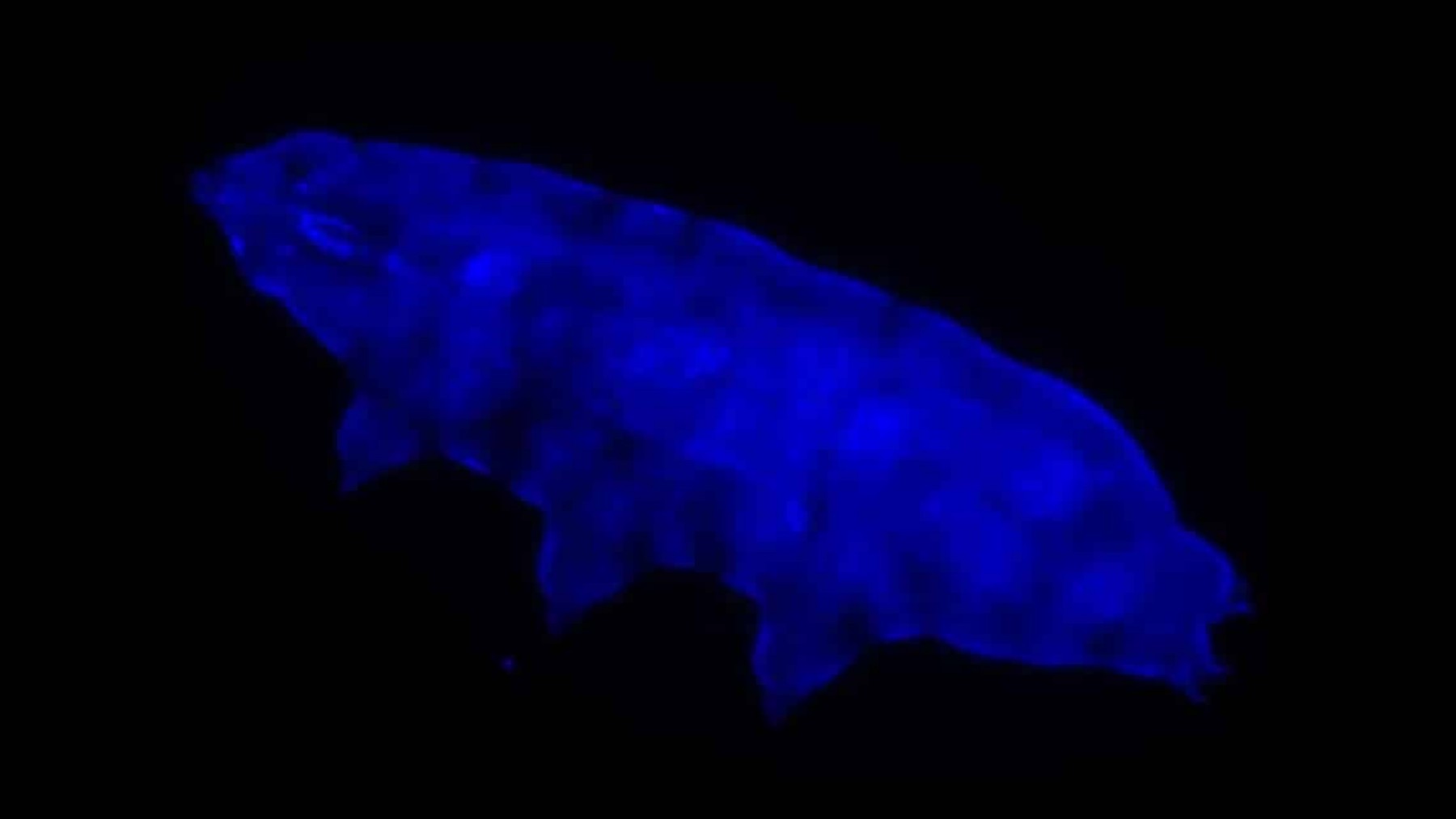The recent discovery of the radioactive lakes in the United States has left scientists and researchers astonished. A group of researchers from the University of Idaho sent their drones equipped with spectrometers to one of the radioactive lakes resulting from the contamination of the U.S. nuclear arms race, unaware of what they would find there. Despite being a lake where life seemed doomed, not only was radiation resistance observed, but also the proliferation of more life.
They found microorganisms with characteristics similar to the fungi of Chernobyl, resembling photosynthetic algae capable of absorbing and metabolizing radiation as a source of energy, thanks to dark pigments like melanin. This finding represents advances in many fields of science, but especially in biotechnology, as these organisms are being studied for the inspiration of new vaccines, as is the case with D. Radiodurans. On the other hand, astrobiology will have to redefine what is “habitable,” and aims to study ways to detect or even seed life from these microorganisms.
Radioactive lakes in the US
The decades following World War II were characterized by the nuclear arms race that many countries, including the United States, were part of. The tests went beyond the usual limits, contaminating regions with radiation. Lakes and reservoirs were used to cool reactors and store radioactive waste, leading to the contamination of those lakes. The usefulness of these lakes was forgotten, and they were only monitored occasionally to ensure everything was stable. It was completely unexpected for there to be any remnants of life there, as ionizing radiation levels tend to break DNA, oxidize proteins, damage membranes, and thus make cell reproduction impossible. Those waters could have everything except remnants of life.
Nature vs. radiation
A group of researchers from the University of Idaho turned their attention and their drones equipped with spectrometers towards these lakes, without the hope of finding anything beyond that. However, they were left speechless. At night, the sensors recorded subtle emissions of biomass. How was this possible? After months of data collection, they came up with the answer.
They found photosynthetic microorganisms that not only survived that radiation, but also had the ability to proliferate in a highly radioactive habitat. They exhibited characteristics similar to the radiotrophic fungi of Chernobyl; capable of absorbing and metabolizing radiation as a source of energy without suffering any damage. They achieve this through dark pigments like melanin, becoming a kind of mutant solar panel.
Biotechnology and Astrobiology
The impact that this finding has on science is incalculable. On one hand, biotechnology has already begun to study these bodies as biofactories of natural antioxidants and models of genetic repair. Another function is that it serves as inspiration when developing vaccines, as is already done with D. Radiodurans. As for astrobiology, they still do not believe that this finding is real. This even calls into question what the term ‘habitable’ has meant until now.
They are microorganisms that have not only survived radiation but their proliferation has made headway in it. Researchers extrapolate this to the planet Mars, where radiation levels are high, and where they believe these microorganisms could teach them how to detect, protect, and forge ahead in creating life on another planet.
Although the magnitude of this discovery borders on a science fiction scene, we cannot forget where it comes from. From a reckless and selfish use of the planet’s resources, polluting them and allowing everything that lived there to die. It seems that nature’s vendetta is to teach us that lesson, as it has not fought back, but has continued to forge ahead despite human irresponsibility.





